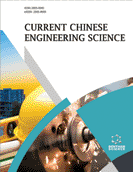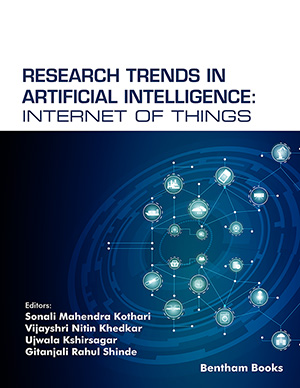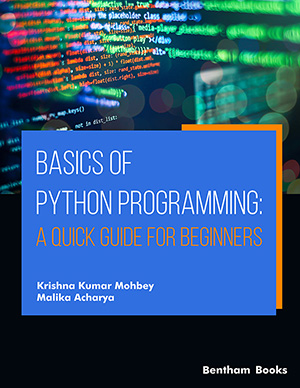Abstract
Introduction: Tech startups are fast-growing businesses that target the demands of the marketplace by developing innovative products, services, or platforms. Startups ensure socially, economically, or environmentally more effective alternatives by using or by creating appropriate technologies. Many factors have become prominent regarding the success and sustainability of the product or service offered by the startup: investment, experience, and education of the team, the leadership of the management, creativity, innovation, technological breakthroughs, surrounding community, future perspective, target marketing strategy, location and the analysis of the market, etc. But since 80% of startups do not survive after five years, defining the important risk factors is crucial to develop the right strategies for successful startups. In this study, the risk factors have been defined based on the business model, which has an important place in the success of the technology startups, which use technology intensively. Comprehensive risk analysis on identified factors is presented to identify effective managerial strategies for technology startups to not fail.
Methods: Spherical Fuzzy Failure Mode and Impact Analysis (SFFMEA) was used within the framework of a business model canvas for risk analysis for the failure of technology startup projects. Due to the lack of recorded data for analysis, the opinions of field experts were used. While the business model canvas guided the identification of detailed risk factors, FMEA enabled the risk analysis of factors that cause startup projects to fail, and considering parameters related to the probability of the relevant risk factors, their impact on the failure of the project, and the detection level of the risk factor. Spherical Fuzzy, on the other hand, allowed the quantitative inference of FMEA's comprehensive parameter definitions associated with the risk factors through experts. Thus, all risk factors that may cause the failure of tech startups were ranked according to their risk priority numbers (RPNs), with the SFFMEA analysis, which offers a comprehensive risk analysis.
Results: The findings show that the most important causes of the tech startup’s failure are “noncompliance with existing restrictions”, “inappropriate venture capital strategy”, and “lack of clustering support”.
Conclusion: These failure modes can be interpreted according to their frequency of encounter, potential effects, and detectability, and can be considered an important finding in the development of appropriate managerial strategies for the mitigation of the risk factors so the startups can survive in their first five years. Also, with the proposed risk analysis methodology, a comprehensive analysis of any startup project can be performed according to its conditions and characteristics.
Keywords: Technological startups, business model canvas, fuzzy sets, failure mode effect analysis, spherical fuzzy sets, risk priority number.
[http://dx.doi.org/10.1051/shsconf/20208301046]
[http://dx.doi.org/10.1016/j.chb.2018.03.002]
[http://dx.doi.org/10.1145/3059009.3059063]
[http://dx.doi.org/10.1109/ICECTA48151.2019.8959574]
[http://dx.doi.org/10.1016/j.procir.2020.03.110]
[http://dx.doi.org/10.2478/fman-2018-0003]
[http://dx.doi.org/10.1007/s11365-010-0139-y]
[http://dx.doi.org/10.3390/su10072346]
[http://dx.doi.org/10.1007/978-3-319-33515-5_14]
[http://dx.doi.org/10.1016/j.tele.2020.101482]
[http://dx.doi.org/10.1016/j.ipm.2021.102617]
[http://dx.doi.org/10.1016/j.knosys.2021.106992]
[http://dx.doi.org/10.1108/BIJ-06-2017-0156]
[http://dx.doi.org/10.1108/JGOSS-12-2020-0070]
[http://dx.doi.org/10.1108/JIC-01-2021-0005]
[http://dx.doi.org/10.1108/MD-04-2017-0337]
[http://dx.doi.org/10.52403/ijrr.20210821]
[http://dx.doi.org/10.5220/0009389500980105]
[http://dx.doi.org/10.3390/ijerph16193573] [PMID: 31554315]
[http://dx.doi.org/10.3390/su11030917]
[http://dx.doi.org/10.1016/j.ijpe.2015.06.032]
[http://dx.doi.org/10.1504/IJPM.2016.075260]
[http://dx.doi.org/10.1016/j.jhazmat.2016.09.074] [PMID: 27720467]
[http://dx.doi.org/10.1016/0020-0255(75)90017-1]
[http://dx.doi.org/10.1142/6451]
[http://dx.doi.org/10.1109/ICE348803.2020.9122822]
[http://dx.doi.org/10.1080/03088839.2016.1173737]
[http://dx.doi.org/10.3846/13923730.2015.1068847]
[http://dx.doi.org/10.1007/s00500-019-04222-w]
[http://dx.doi.org/10.3233/JIFS-189122]
[http://dx.doi.org/10.1007/s00500-021-05605-8]
[http://dx.doi.org/10.1002/qre.2943]
[http://dx.doi.org/10.1007/978-3-030-42188-5_22]
[http://dx.doi.org/10.1108/JRME-11-2016-0046]






























